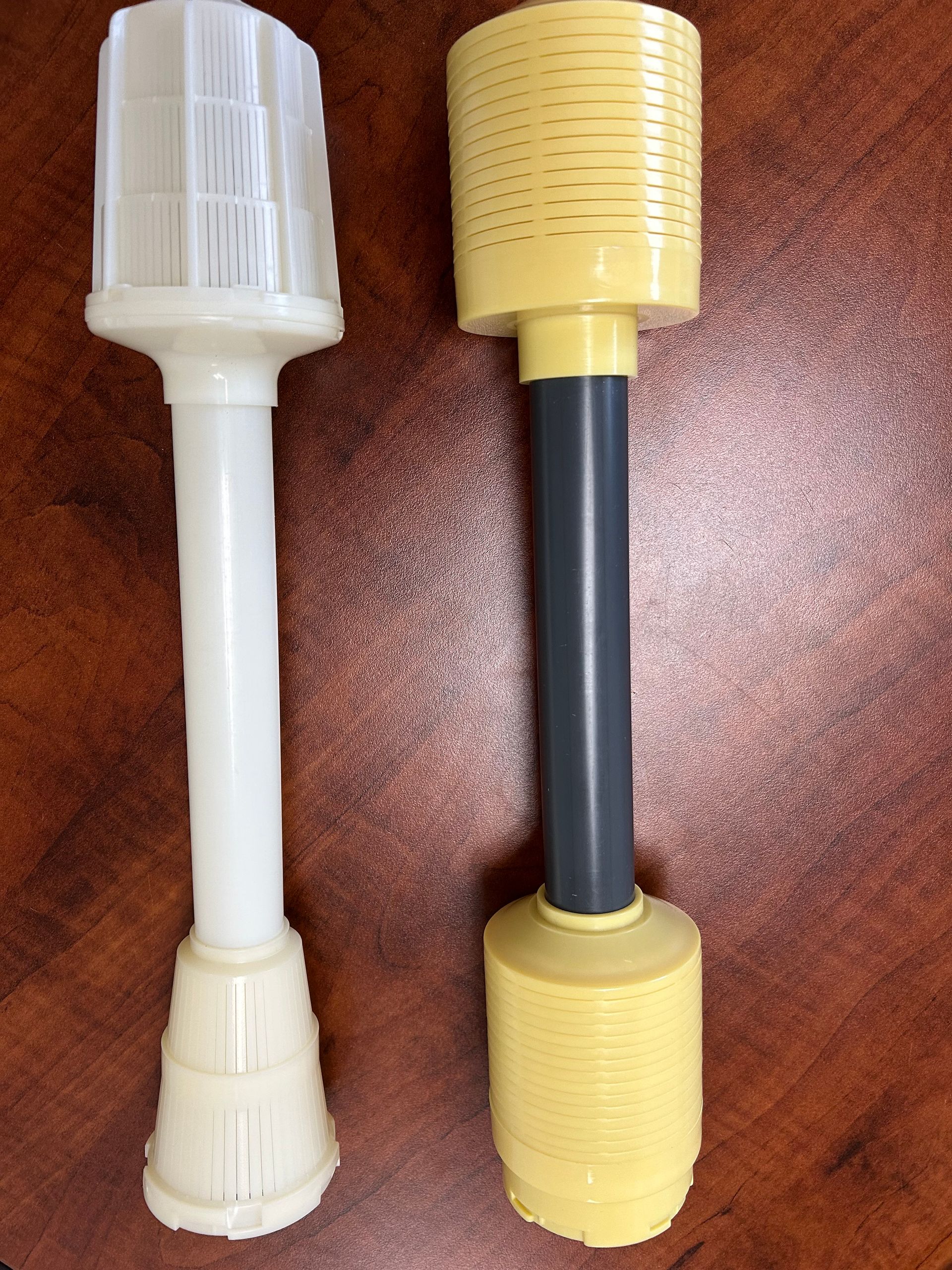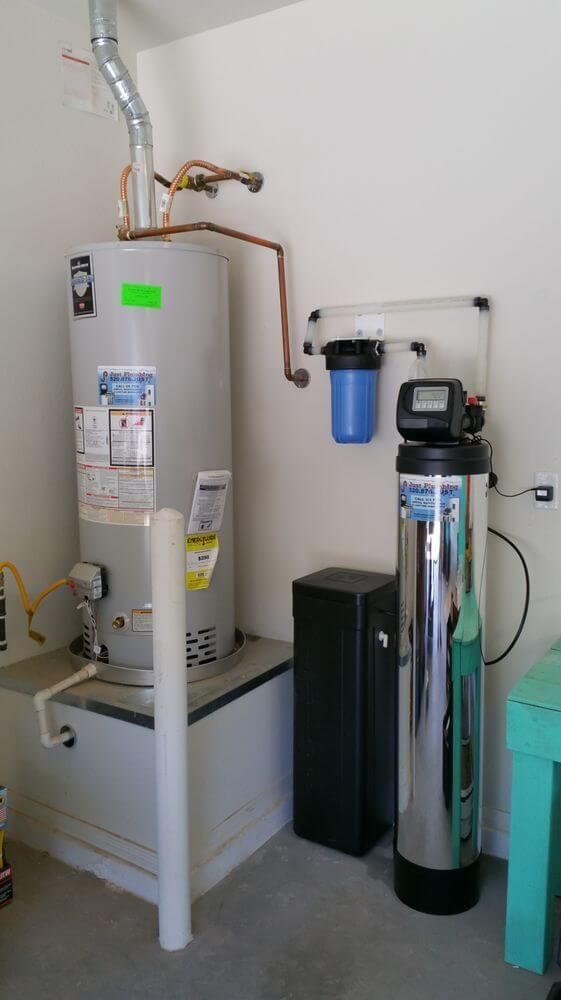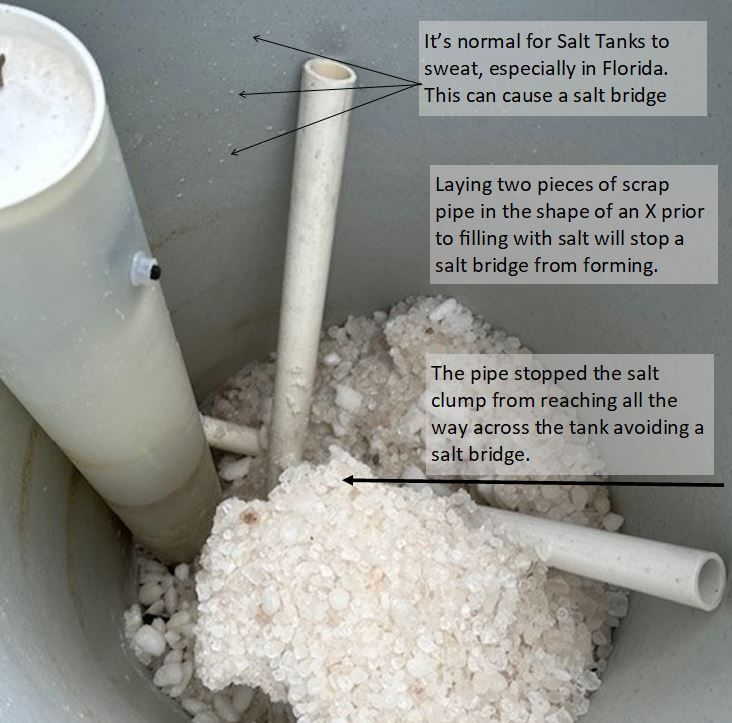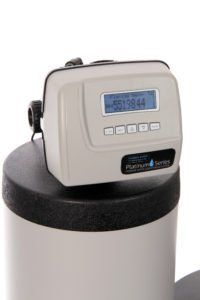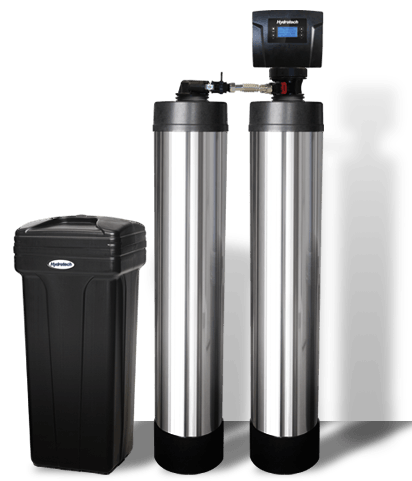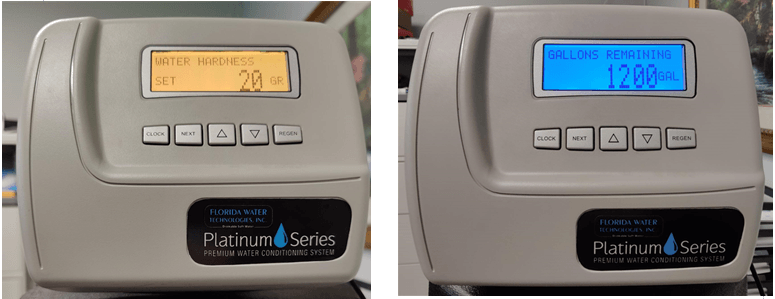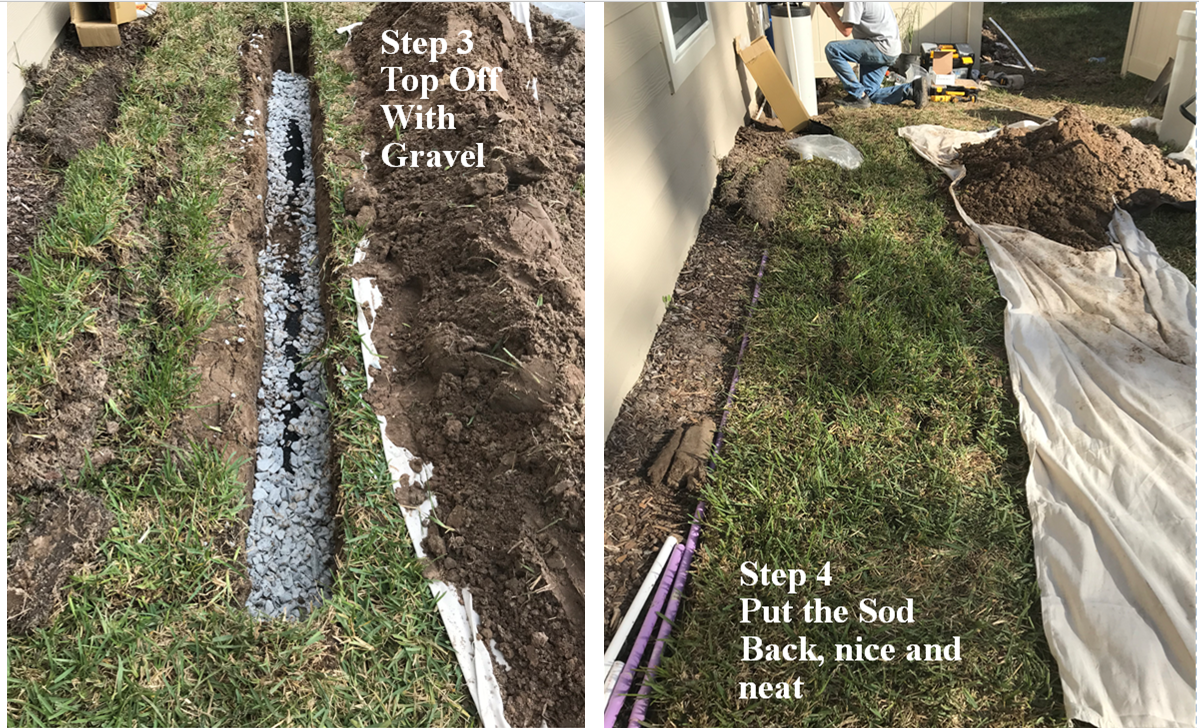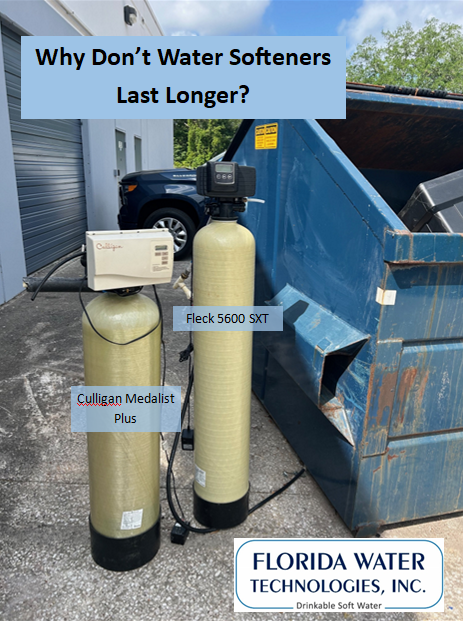The Drain
As part of the water softener system regeneration process, it will produce discharge water that needs a place to drain. The water softener will need access to an effective drain that will discharge the water. The most common places to drain the water system discharge to is the washing machine drain, utility sink, French Drain, or run the hose on the ground to a spot that is suitable. Depending on the hardness of your water and the size of your family, these factors will determine the drain frequency. On average, the water softener will regenerate and discharge water once a week. Some water softener systems, like our 89 HE (high efficiency ), will discharge as little as 34 gallons per regeneration. In comparison with some older systems, they can discharge as much as 100 gallons of water per regeneration. As a result, the drain will have to be capable of handling water on a regular basis.
What is acceptable to receive the discharged water?
We are often asked if it is ok to drain the water softener drain line to the sewer clean out pipe found around the property. The answer is NO. Even though water softener companies in our area elect to drain the water softener to the sewer clean out tee, it is illegal and not permitted. The reason it is not permitted is because under the main sewer cap is raw sewage bacteria. Once a drain line is inserted into the sewer clean out, it opens a path for sewer bacteria to enter your potable water. Essentially, you are connecting raw sewage bacteria to your potable water through the drain line. Over time and in the case of a sewage backup, raw sewage bacteria can be transferred into your water softener, then into your homes water supply through the drain line itself. It’s a $5,000 fine in most counties because it’s dangerous to the public. Our team would recommend a French Drain be installed, since it is a far better solution.
The specific legal code that addresses this illegal drain installation is addressed by Florida Air Gap codes. To properly drain to the sewer clean out tee would require a trap seal, appropriate stand pipe, followed by an air gap. Most companies that say “Sure, it’s ok to do this” are not following this safety requirement. In my experience over 25 years, companies will simply drill a hole in the sewer cap and insert the drain line. This type of installation for the water softener drain should not be done.
Water Softener Drain to Washing Machine
When installing a water softener system inside the garage draining to the washer is the most used drain location. Naturally, most laundry rooms are nearby the garage which makes plumbing a drain line to it easy. The biggest question you are faced with is how is the drain installed? Would it be best to run the drain up into the attic, then across the attic, then drop it down into the washer drain (up and over)? Or run the drain line down along the base board then over to the laundry room, installing the line through the wall to access the washer drain? Both of these options will work great it’s really a matter of logistics. Our site estimator will help you determine the best drain location.
Drain to Ground
Another option is to simply run the drain on the ground. In some homes accessing the washing machine drain is simply not practical. In fact, some water softener systems are not even installed inside the garage, they are installed outside on the side of the house. And on well water, the water softener is often installed at the pump. This is where draining a water treatment system on the ground may make the most sense. On well water near the pump is usually ideal for simply running the drain on the ground. And some city water system installs that are outside drain to ground into a bed of rock mulch or some other conducive surface.
Will draining a water softener system to the ground hurt anything?
Nothing will be harmed, as long as the surface that you are draining to is acceptable. The discharge is mostly water with very little sodium. As long as there is mulch or decorative rock you will be ok. Sometimes there is a tree line a few feet away, we can use that location also. The only place we wouldn’t drain to ground is directly onto grass. The amount of water may drown the grass. Our site estimator can help you to determine if a drain to ground will work or not.
Install a Drain Field or French Drain
A popular option for draining a water softener is installing a French Drain. A properly installed French Drain will receive the discharge water for years and years. We dig a 10 ft. trench roughly 2 ft. deep. Then we add rocks and a corrugated drain pipe covered in weed net. Rocks give the water a place to go, the corrugated pipe holds a large amount of water giving it time to percolate, the weed net wrapped around the corrugated pipe keeps dirt from filling it in. A French Drain is ideal for a water softener system that is installed near grass. We install lots of French Drains with great success in the Jacksonville FL area.
Will the discharge water harm the environment?
No. The EPA conducted a test of water softener system discharge water. They concluded that the wastewater did not contain sodium or harmful chemicals. Rather, it was mostly water with some hardness minerals that they found was good for the soil. Download the EPA Fact Sheet here.
Summary
We now know a water softener filtration systems drain will depend on where it is installed. What decides where it is installed? The main water supply pipe. Next week, we will look at how a water supply pipe is connected to your home.
Thanks!
The post Installing a Water Softener System Part 1 appeared first on Florida Water Technologies.
